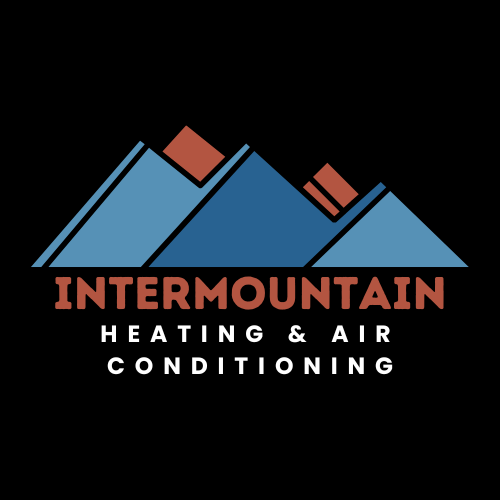What the Heck is the Inflation Reduction Act & How Can You Get $$$$$ back for a new system?
Did you know about the new government program called the Inflation Reduction act which can give you money back if you make clean, green choices as a homeowner OR a renter? On January 1, 2023, this act went into effect. The idea is to ‘electrify’ everything - moving away from burning fossil fuels and moving into running everything on energy-backed electricity.
What Is The Inflation Reduction Act (IRA)?
The Inflation Reduction Act, or IRA, was created to incentivize Americans to choose renewable energy sources and slash their carbon emissions. These incentives are designed to save the taxpayer money and make green energy more accessible.
Most of these incentives went into effect on January 1, 2023, with some state governments planning to roll out these programs over the course of the next year.
There are two types of incentives available under the Inflation Reduction Act:
Credits redeemable during tax season
Rebates in exchange for purchasing energy-conscious appliances and upgrades
How does it work?
Depending on your household income, you can qualify for different types of reimbursement. The less money you make, the more you can receive from the IRA. The reimbursement amount is based on the median income in the area. In Twin Falls, the median household income is $57,430, according to the US Census Bureau.
What are the potential savings?
If household income is less than 80% of Twin Falls median income = you receive 100% reimbursement
If household income is between 80-150% of Twin Falls median income = you receive up to 50% reimbursement
Pro Tip: Figure out what your potential savings are through an IRA incentive calculator, like this one from Rewiring America.
Why Should You Upgrade (If the Cash Isn’t Incentive Enough…)
Do you know all of the downfalls of running your home on gas?
A gas-powered system is the equivalent of living with a smoker!
You’re subject to volatile gas prices vs more predictable electricity rates
Burning gas in your home is also a major factor contributing to childhood asthma
42% of of emissions come from our homes & cars - you can reduce your carbon footprint by upgrading
Go Green at Home, Get up to 30% Back from the IRA
Are you a homeowner looking for ways to save on utility costs? The IRA is in effect until 2032– meaning you can take advantage of these newly remodeled tax credits, spread your project costs out over time, and cut your wallet some slack.
Eligible households can claim a 30% tax credit on qualifying energy efficiency projects, with an annual maximum of $1,200. Qualifying projects include weatherization, switching to energy-efficient appliances and HVAC systems, home energy audits, and more. These tax credits include:
Up to $150 for home energy audits performed by a certified auditor.
Up to $600 for costs and upgrades related to the installation of qualifying energy-efficient air conditioning and HVAC systems.
Up to $600 for Energy Star windows and skylights.
Up to $250 for Energy Star exterior doors.
Up to $2,500 for electrical wiring upgrades.
Up to $1,200 for qualifying insulation projects.
Up to $2,000 for costs related to electric heat pumps, heat pump water heaters, biomass stoves, and boilers. Geothermal heat pumps also qualify for a 30% tax credit. Bonus: This cost does not count towards the annual $1,200 limit.
Up to $14,000 in up-front discounts to switch over to electric appliances
How to Qualify and Claim Your Benefits
Many household appliances and projects qualify for the benefits put in place by the Inflation Reduction Act. Solarization upgrades, installing home battery storage, and making the switch to electric vehicles can also qualify you for some extra green for going green under the IRA.
While some incentives may be available as rebates upfront, be sure to hold on to all your receipts and invoices – you'll need them to claim these credits during tax season. Look for Form 5695 when filing your taxes to claim these residential energy credits, or talk to your accountant.
Some of these credits may also require you to use the services of a professional installer. Are you local to Twin Falls and ready to get started making the switch?
Contact us today for a free quote regarding your heating, cooling, and ventilation upgrades.


